韩国能源研究所(KIER)的研究人员已经开发出一种“非破坏性”的太阳能组件回收技术,据称能够100%回收组件中的玻璃。
这一新技术既可用于受损的面板,也可用于未受损的面板,分四个步骤进行:自动拆卸框架和接线盒,分离玻璃,回收金属;以及回收太阳能电池。“核心工艺在于玻璃分离,我们能实现接近100%的玻璃回收率,”科学家们强调说,并指出这是通过分离玻璃和组件封装剂之间的界面来实现的。
这个韩国研究小组声称,到目前为止,这项新技术已在一系列品牌名称不详的72块电池板上进行了测试,借助工艺优化,能将耗电量比起其他回收技术减少三分之一。据称,这一系统还可以回收铁含量低于百万分之200的高质量玻璃,以及超过65%的组成面板的部件。科学家们还能够把从废旧面板中回收的硅提炼制成六英寸的单晶硅锭和硅片。这些硅片可以被用来制造20.05%的高效太阳能电池。KIER研究员Jinseok Lee表示,“回收一吨废弃的光伏组件意味着减少1.2吨的温室气体排放,所以这项技术对于实现净零碳经济至关重要。”
有关这四个流程步骤的更多技术细节暂未公布。 这个研究项目得到了韩国贸易、工业和能源部(MOTIE)和韩国生产技术研究院(KITCH)的支持。韩国从事金属和涂层加工的商业热处理服务提供商——HST有限公司现已获得授权将该技术推向市场。
This content is protected by copyright and may not be reused. If you want to cooperate with us and would like to reuse some of our content, please contact: editors@pv-magazine.com.
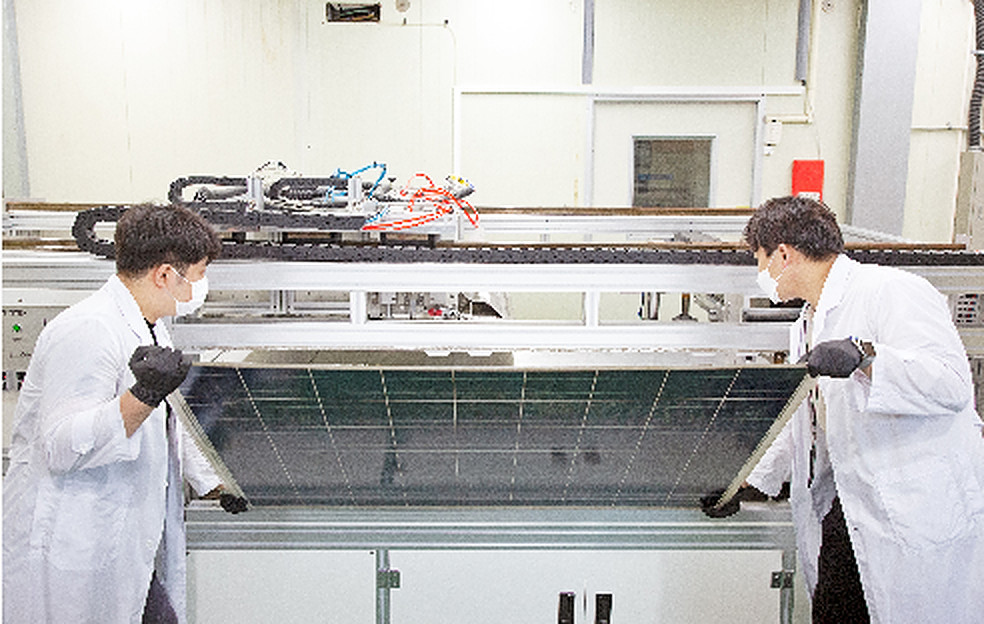



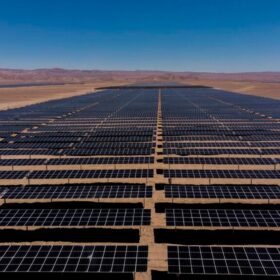
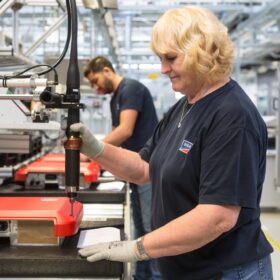
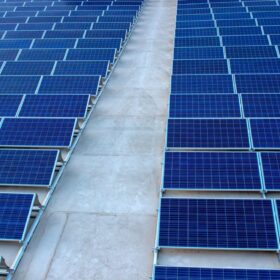
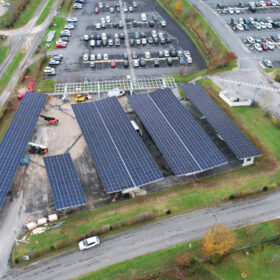
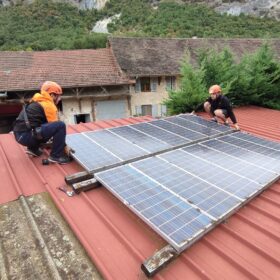
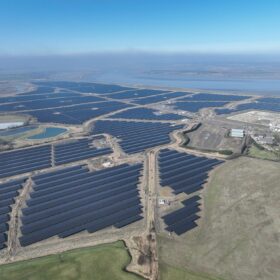
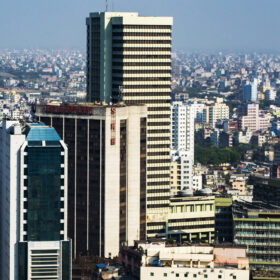
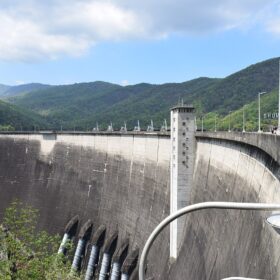
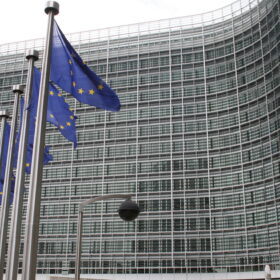
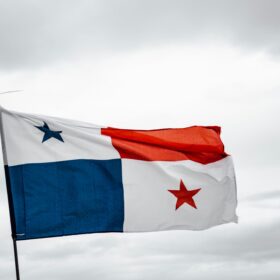
By submitting this form you agree to pv magazine using your data for the purposes of publishing your comment.
Your personal data will only be disclosed or otherwise transmitted to third parties for the purposes of spam filtering or if this is necessary for technical maintenance of the website. Any other transfer to third parties will not take place unless this is justified on the basis of applicable data protection regulations or if pv magazine is legally obliged to do so.
You may revoke this consent at any time with effect for the future, in which case your personal data will be deleted immediately. Otherwise, your data will be deleted if pv magazine has processed your request or the purpose of data storage is fulfilled.
Further information on data privacy can be found in our Data Protection Policy.